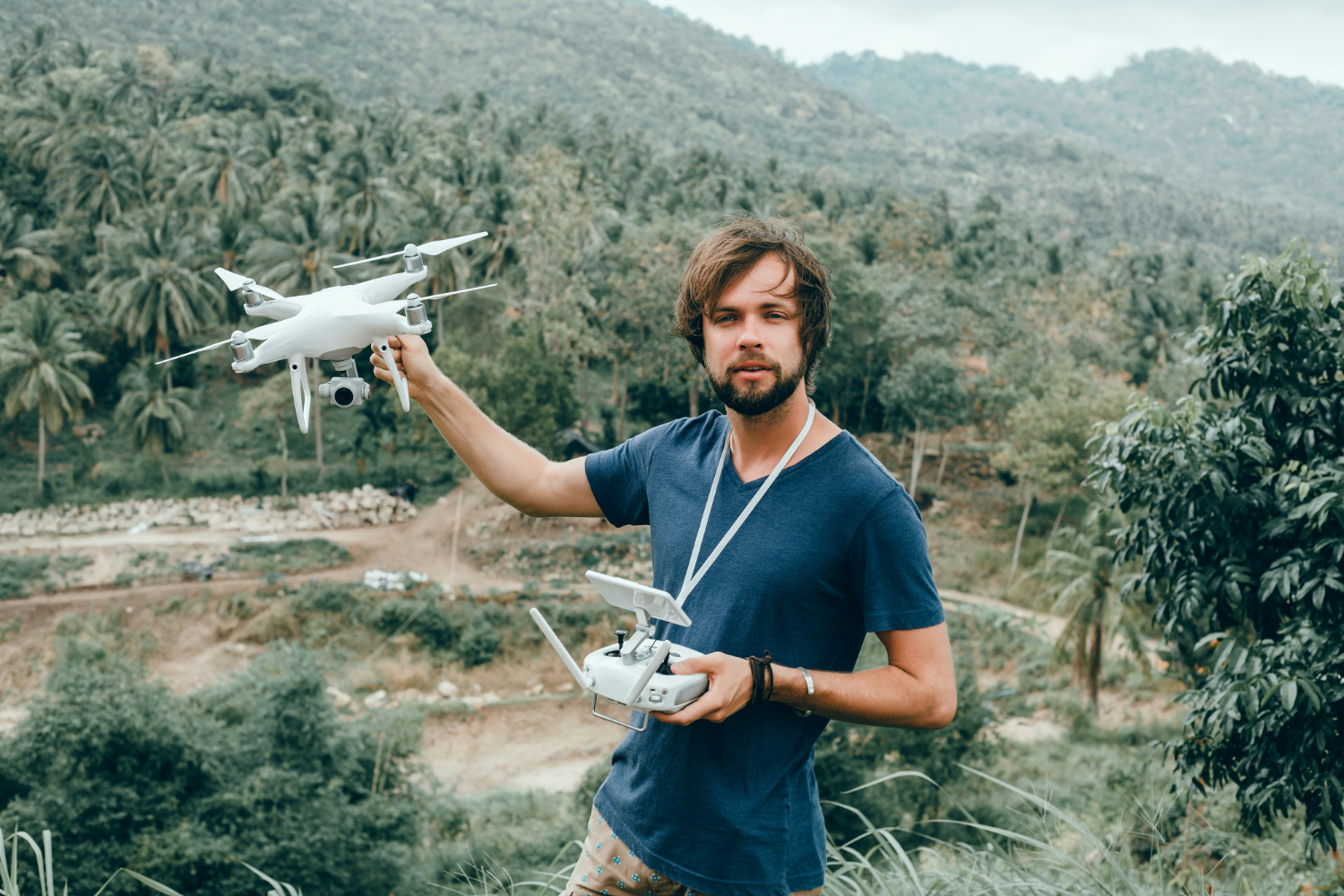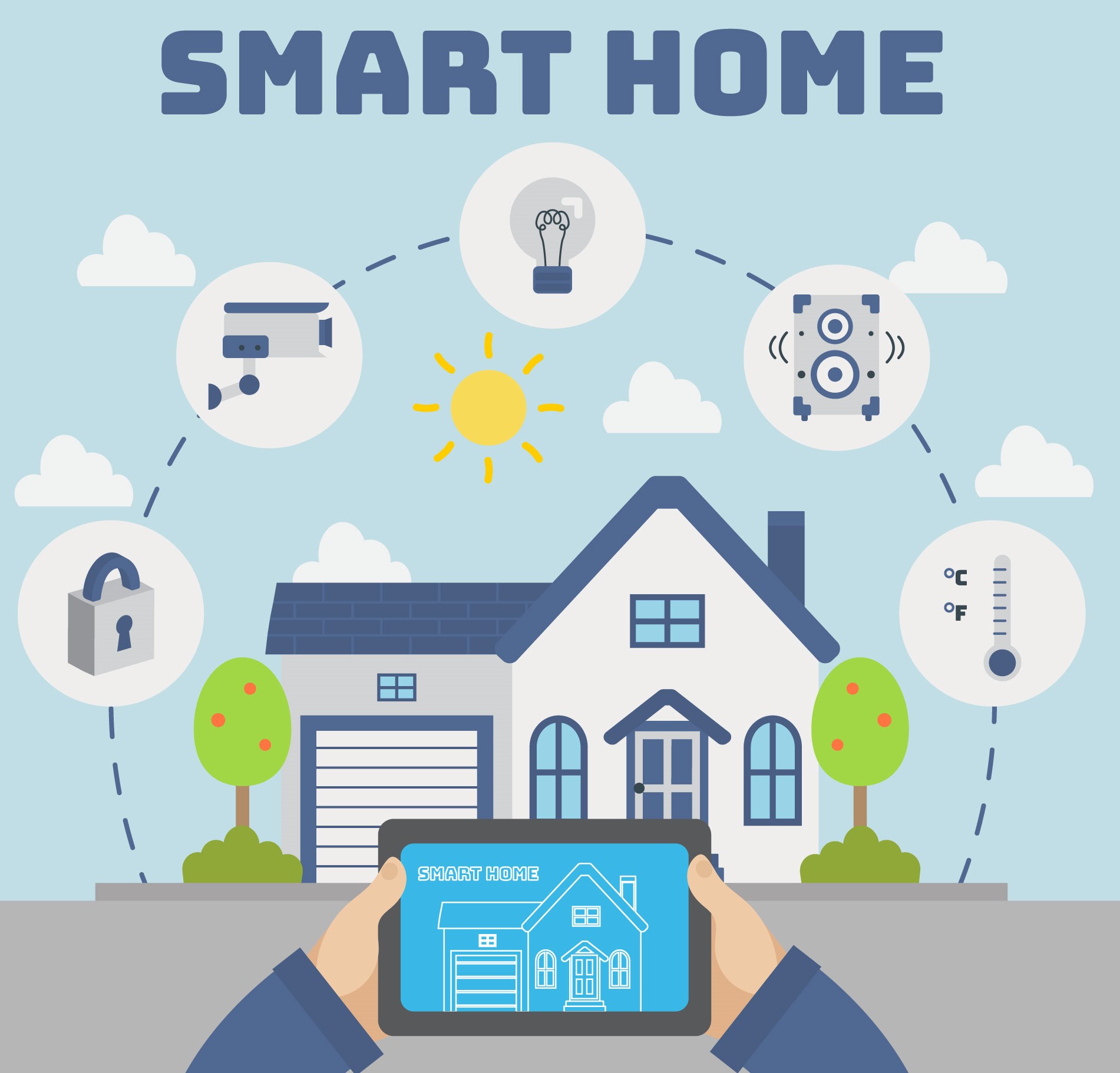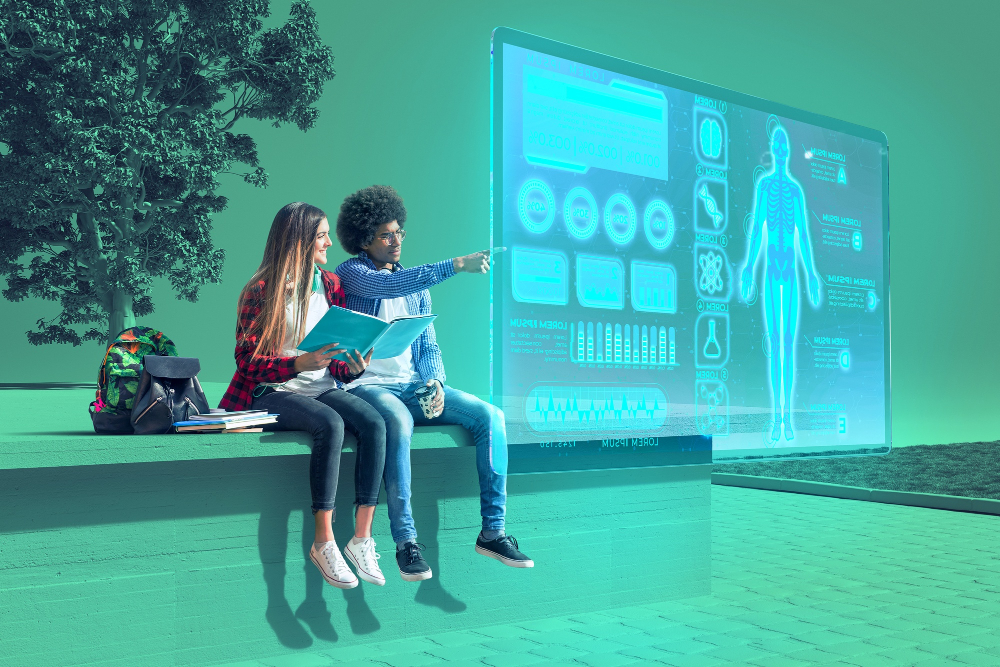Creative Uses for Drones – Applications Across Industries
Drones, also known as unmanned aerial vehicles (UAVs), have evolved tremendously over the past decade. What started as primarily military technology has now become affordable and accessible to consumers and commercial entities. The applications of drone technology span a diverse range of industries and purposes. In this blog post, we’ll explore some of the most creative and innovative uses of drone technology across delivery, photography, inspection, and more.
Delivery Drones
One of the most publicized potential uses of drones is for package delivery. Several companies are exploring drones to deliver food, medicines, and other goods to consumers more efficiently than ground transportation.
Amazon made headlines when it announced its Prime Air drone delivery service. Though not yet widely implemented, Amazon envisions using drones to deliver packages under 5 pounds to customers within 30 minutes. Other companies like Google, UPS, and DHL are also testing drones for last-mile package delivery. Drones provide benefits like low operating costs, speed, and the ability to bypass traffic and access hard-to-reach addresses.
In addition to commercial delivery, drones are revolutionizing emergency response delivery. Zipline, a logistics company, uses drones to deliver medical supplies like blood and vaccines across Africa. Zipline can make on-demand, emergency deliveries in 30-60 minutes on average. This helps doctors access time-sensitive medicines to save lives, regardless of challenging terrain or infrastructure.
Drones have also proven useful for food delivery. Domino’s Pizza tested a “DomiCopter” drone to deliver pizzas to select customers in 2016. Other restaurants are considering drones to deliver food to picnickers in parks or other hard-to-access meal consumption areas. Drones provide hot, fresh food fast without being hindered by traffic or parking availability.
Photography Drones
Drones have become an incredibly useful tool for photography and videography. Their aerial perspective provides stunning visuals unattainable from the ground.
Real estate agents use drones to take photos and videos of listings from above, providing buyers with an immersive view of the layout and surroundings. Drones capture roof conditions, backyard landscapes, neighborhood amenities and more to market properties.
Drones allow filmmakers to shoot unique camera angles and sweeping shots at a fraction of the cost of hiring aircraft and pilots. The flexibility of drone motion gives a modern edge to video projects.
Photographers utilize drones at weddings to capture extra special moments like the couple at the altar, walking down the aisle, or set against the sunset. The aerial views accentuate the grandeur of the venue and scenery. Drones provide images impossible to recreate from a ground perspective.
Drones are used for news reporting and broadcasting to cheaply capture live video of breaking events as they unfold. They provide aerial views of disasters, protests, sporting events or traffic from multiple angles. This allows reporters to convey more tactical visual details to enhance storytelling.
Inspection Drones
Drones equip inspectors to evaluate infrastructure, sites and equipment from all angles in a safe, cost-effective manner.
Engineers use camera-equipped drones to inspect bridges, construction sites, towers and other structures for wear and tear. Catching small issues early on helps prioritize maintenance needs and prevent larger problems. Drones provide visual data of high scaffolding and towers without risk to inspectors.
Farmers employ drones to survey their crops and livestock. Aerial thermal imaging shows which areas need more water or indicate sick animals needing attention. Drones can also spray pesticides and fertilizers more evenly across large fields.
Utility companies inspect equipment like power lines, pipelines and energy infrastructure using drones. They can identify faulty lines, leakages or other issues in hard-to-reach areas while avoiding site shutdowns. Drones also help assess damage after natural disasters to coordinate repairs.
Police and firefighters use drones for tactical awareness in hostage situations, investigations, or forest fires. The aerial views inform strategic decisions to enhance outcomes while minimizing risks to personnel. Drones expand situational understanding for better emergency response.
Other Creative Drone Uses
Drones have opened up many other innovative applications across various industries:
- Conservation groups use drones for animal population counts, to track poachers, and to monitor environmental impacts in delicate ecosystems.
- Meteorologists fly drones directly into hurricanes to gather weather data and improve storm forecasting models.
- Drones can efficiently plant new trees by shooting pods with seeds into areas deforested by logging or wildfires.
- Archaeologists use thermal imaging drones to identify ruins, structures, and artifacts buried underground, speeding exploration.
- Oil and gas companies deploy drones to inspect pipelines, storage facilities, and equipment in hazardous areas to improve safety.
- Drones can provide cost-effective, flexible mobile connectivity by carrying small cell towers or wifi networks for events and disasters.
- The entertainment industry uses drones to shoot car chase scenes, concerts, or sporting events to capture immersive new perspectives.
The possibilities for drones are endless. New applications are constantly emerging as the technology improves and becomes more accessible. While there are regulatory hurdles to address, drones have incredible potential to transform business operations, emergency response, entertainment and more. The next decade will uncover many more creative uses that spark ideas and solutions across industries.
Challenges for Widespread Drone Adoption
While drones provide many creative capabilities, there are challenges to overcome before mainstream adoption is feasible across all industries:
Regulations – Each country has different rules regarding where and how drones can be flown. Most nations ban flights near airports or over large crowds. Privacy issues concerning cameras also need to be addressed. The regulatory environment needs to be unified to smoothly integrate drones.
Safety – Drones could pose risks like package drops, crashes, collisions, or interference with planes and helicopters. Stringent safety standards are needed to reliably operate drones, especially beyond line of sight. Automated systems and redundancies must prevent human errors.
Weather Issues – Most consumer drones cannot fly safely in heavy winds, precipitation, extreme heat or cold. Businesses needs drones robust enough to handle diverse environmental conditions if they are critical to operations.
Air Traffic Management – Local air traffic control systems are not built to handle large-scale drone networks. New infrastructure like flight planning tools, corridor management and collision avoidance radar will be necessary to maintain order.
Battery Life – Current battery technology only enables most drones to fly for 30 minutes or less. Improved batteries with longer flight times are essential for applications like deliveries across cities or remote areas. Recharging solutions also need to be deployed.
Connectivity – Controlling drones beyond visual line of sight relies on having strong cellular or satellite service to transmit commands and GPS data. Expanding connectivity will enable advanced drone capabilities globally.
Cybersecurity – Drones rely on wireless data links which could be hacked to access camera feeds or steal sensitive data. Strong cybersecurity is critical, especially as fleet sizes scale.
Training – Legally operating a drone for commercial purposes requires special FAA certifications. Investing in drone operator training programs will ensure safe, skilled pilots across industries.
Insurance – Insuring drones for commercial use is still an emerging market. Policies that cover common risks like crashes or property damage need to become more standardized as drone adoption accelerates.
Funding Innovation – Developing enhanced drone technology is still relatively expensive, limiting access. Increased funding for R&D and subsidies can spur innovation, lowering costs.
While the road ahead is not without challenges, the tremendous value drones can unlock make it an important technology to foster. With a supportive regulatory environment, research funding, infrastructure upgrades, and design enhancements, drones have the potential to take flight on an enormous scale across sectors. The benefits will touch diverse realms ranging from business operations to environmental protection, cementing drones as a transformative platform for the 21st century.




